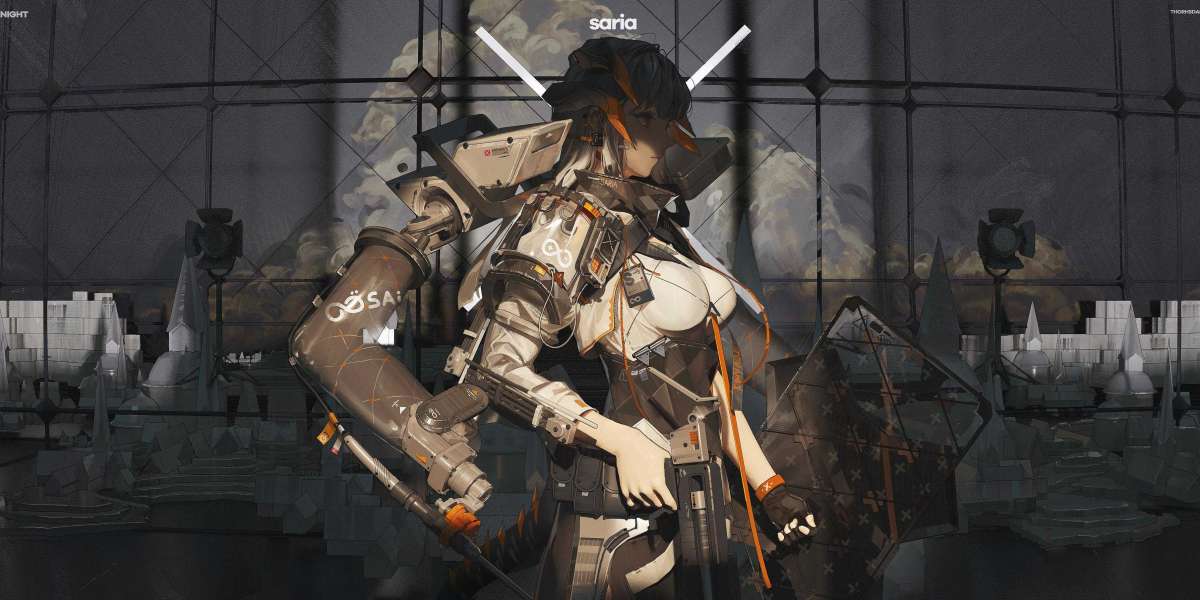Understanding FDM 3D Printing
Fused Deposition Modeling (FDM) is a popular 3D printing technique that involves the layer-by-layer deposition of thermoplastic materials to create three-dimensional objects. The process begins with a digital model, which is then sliced into thin layers. The FDM printer then extrudes the thermoplastic material layer by layer, gradually building up the final object. This technique is widely used in various industries, including automotive, aerospace, healthcare, and consumer goods.
Optimizing Print Parameters
One of the key aspects of mastering FDM 3D printing techniques is optimizing print parameters. This includes fine-tuning settings such as layer height, print speed, temperature, and infill density. Each parameter can significantly impact the quality and strength of the printed part. For example, adjusting the layer height can affect the surface finish, while optimizing the infill density can enhance the structural integrity of the object. It's essential to experiment with different parameters to achieve the desired results.
Choosing the Right Materials
Another critical factor in mastering FDM 3D printing techniques is selecting the right materials for the job. There is a wide range of thermoplastic filaments available, each with its unique properties and characteristics. For instance, PLA is known for its ease of use and biodegradability, making it suitable for rapid prototyping and educational purposes. On the other hand, ABS offers excellent impact resistance and is commonly used for functional parts. Understanding the properties of different materials is crucial for achieving successful prints.
Post-Processing and Finishing
Once the printing is complete, post-processing and finishing techniques can further enhance the quality of FDM 3D printed parts. This may involve removing support structures, sanding rough surfaces, or applying surface treatments such as painting or coating. Post-processing is particularly important for functional prototypes or end-use parts, as it can improve the aesthetics and functionality of the printed objects. Mastering these techniques requires attention to detail and a good understanding of the specific requirements of the intended application.
In conclusion, mastering fdm 3d printing techniques is a multifaceted process that involves understanding the fundamentals of FDM technology, optimizing print parameters, choosing the right materials, and implementing effective post-processing and finishing methods. By honing these skills, individuals and businesses can unlock the full potential of FDM 3D printing for various applications.



